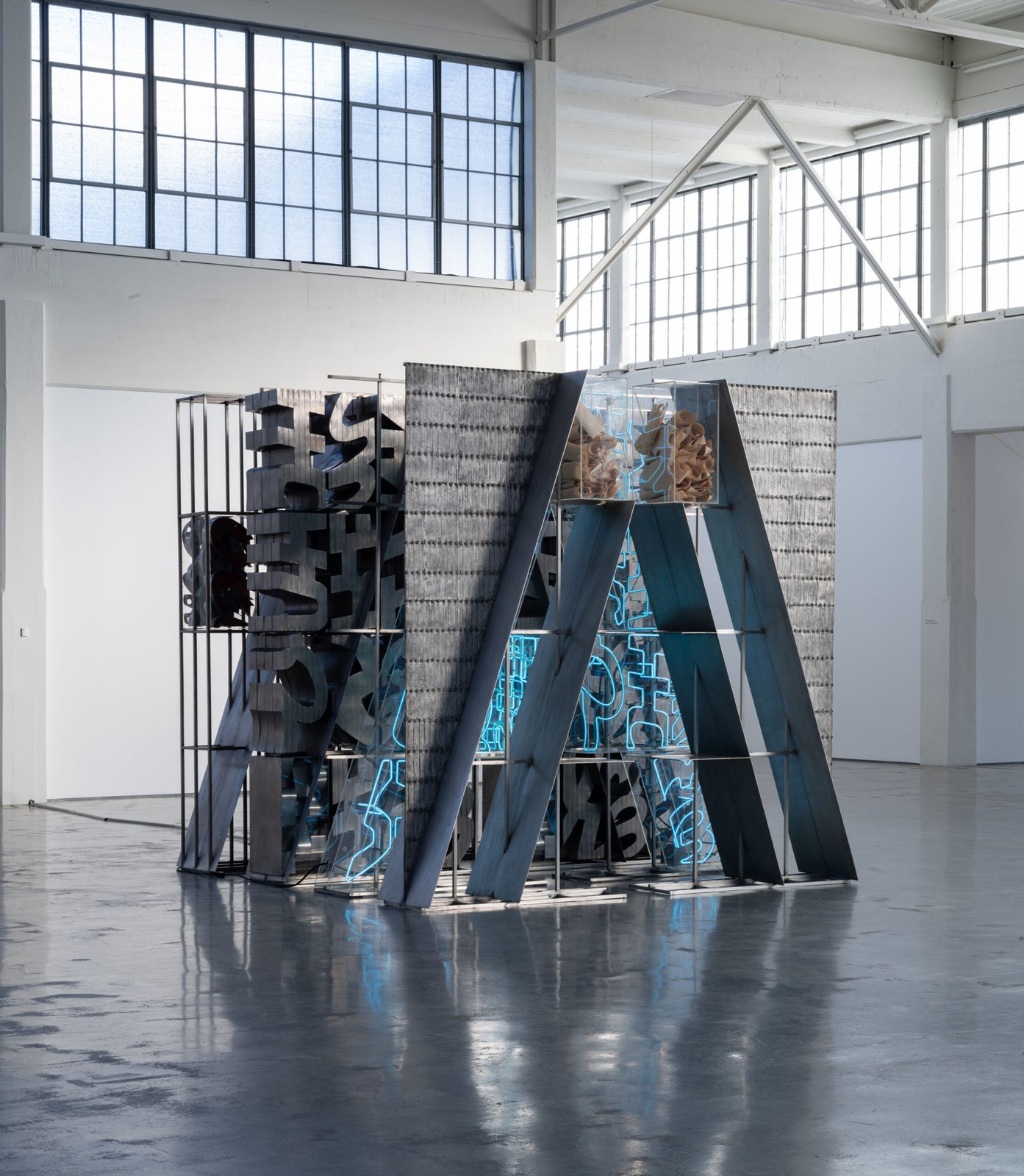The Menil Collectionprepares to unveil its latest exhibition, "Chryssa & New York," in collaboration with theDia Art Foundation. Scheduled to open its doors onSeptember 29, 2023-March 10, 2024, this exhibition delves into the work ofChryssa, a Greek-born artist who left an indelible mark by integrating neon into her artistic practice. With a focus on her time in New York during the late 1950s to the early 1970s, this exhibition promises a profound exploration of her contributions and influence.
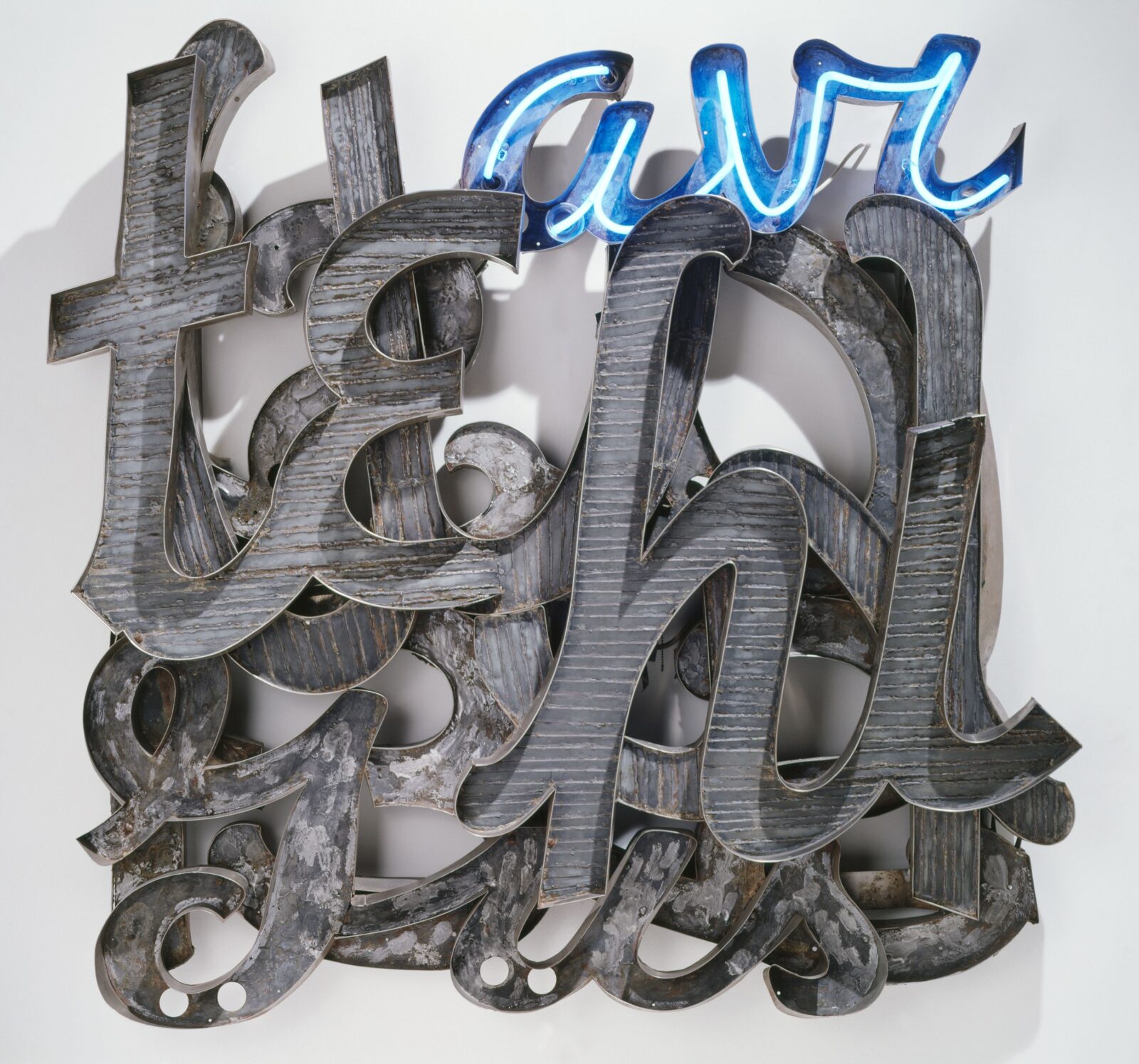
Bridging Movements Through Neon
Chryssa's unique artistic approach successfully bridged the concepts of the Pop, Conceptual, and Minimalist movements. Her groundbreaking use of neon, alongside elements borrowed from commercial signage and text, ushered in a new era of artistic expression. Her impact is palpable, and "Chryssa & New York" shines a spotlight on her achievements while examining how she contributed to these influential movements.
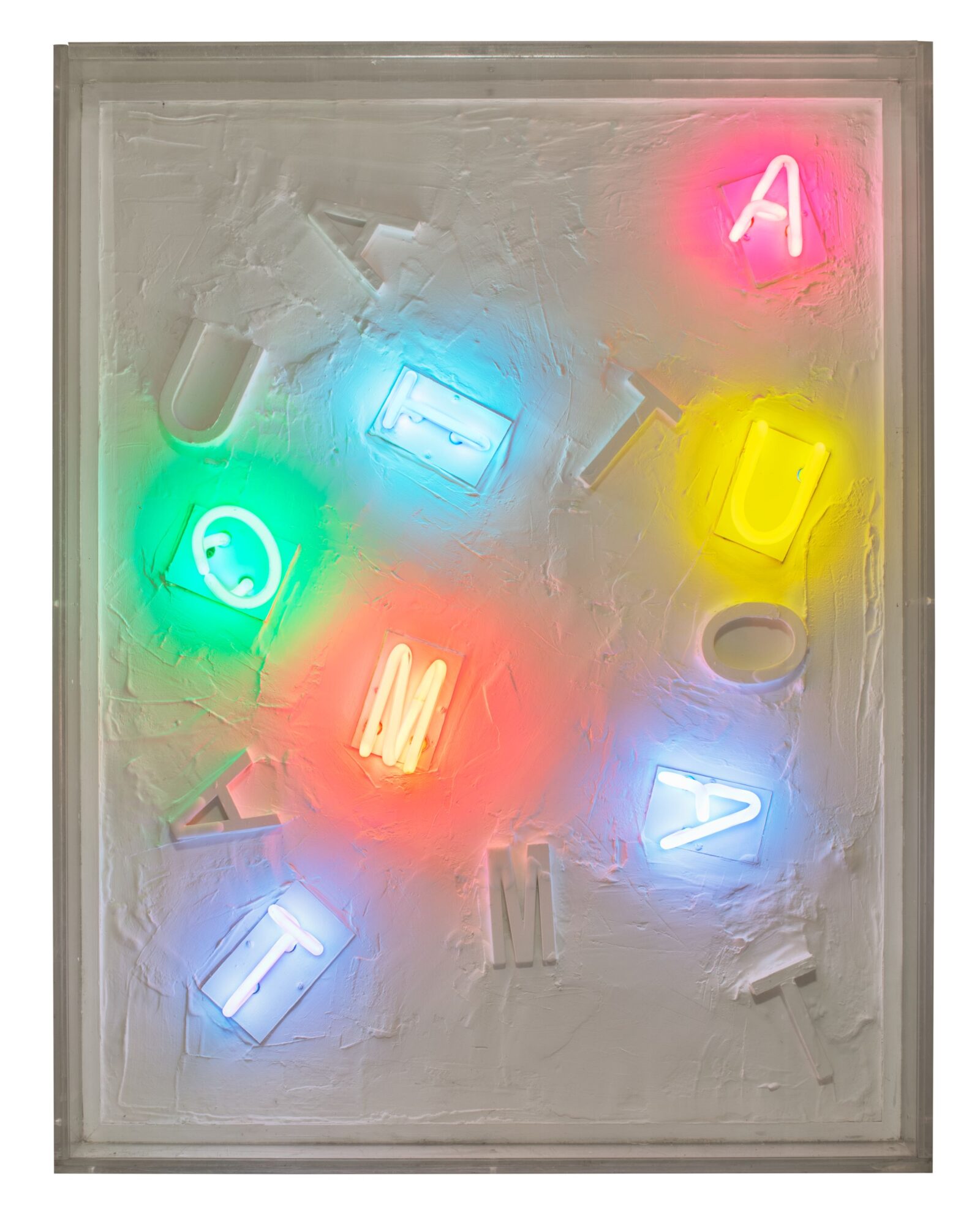
A Collaboration of Institutions
Co-organized byThe Menil Collectionand theDia Art Foundation, this exhibition represents a shared commitment to artists who emerged during the 1960s and '70s. This partnership builds upon previous collaborations on exhibitions featuring the likes ofJoseph Beuys,Brice Marden, andBlinky Palermo. "Chryssa & New York" continues this legacy by presenting an in-depth study of Chryssa's works, highlighting her unique artistic journey.
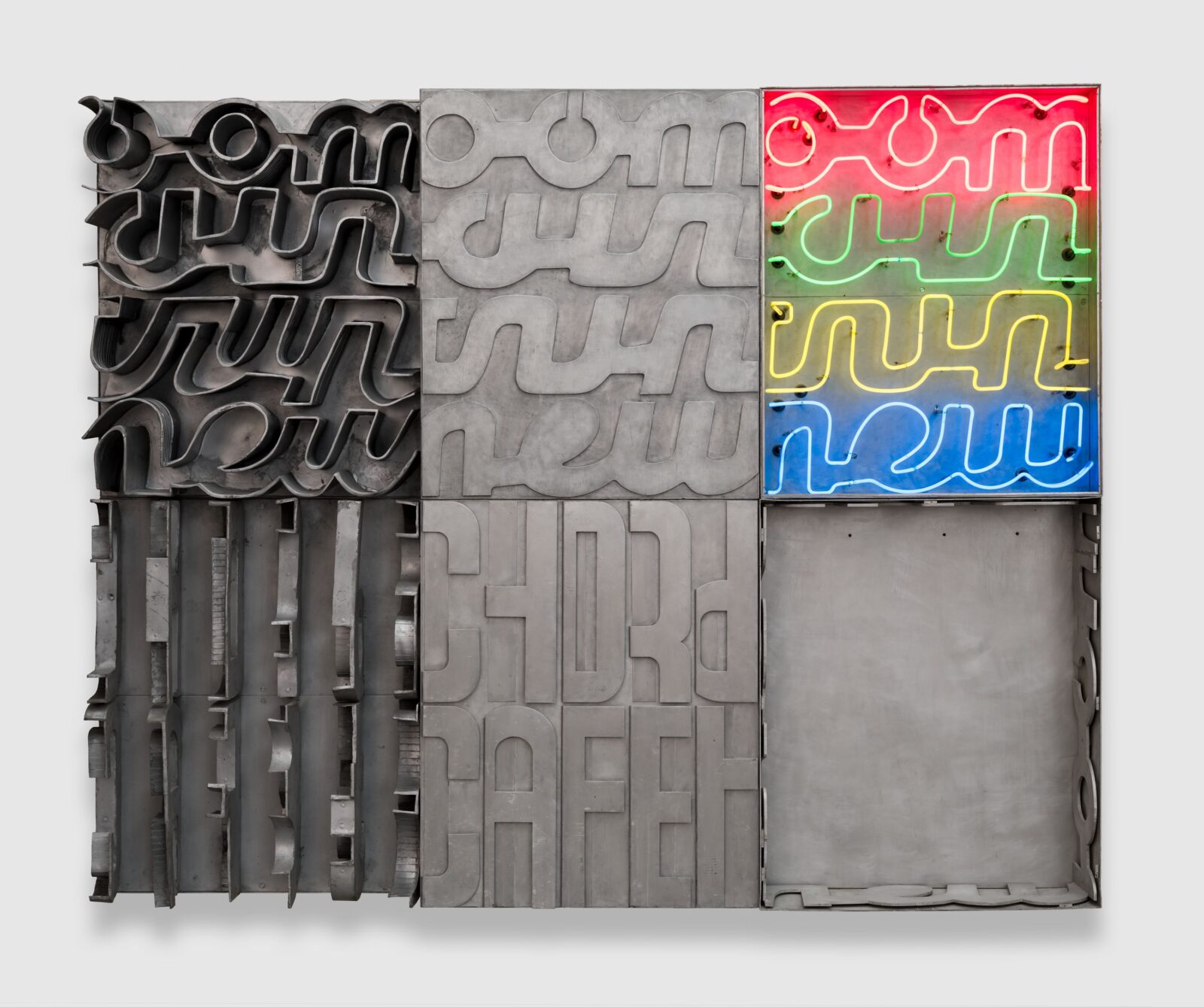
Reclaiming a Visionary Artist
Chryssa's work, though celebrated in its time, has become a rarity on the contemporary art scene. This exhibition intends to reintroduce her artistic brilliance to the public. Her use of neon and industrial processes in sculpture, combined with her exploration of abstraction, language, and technical innovation, solidify her place as a visionary artist ahead of her time.
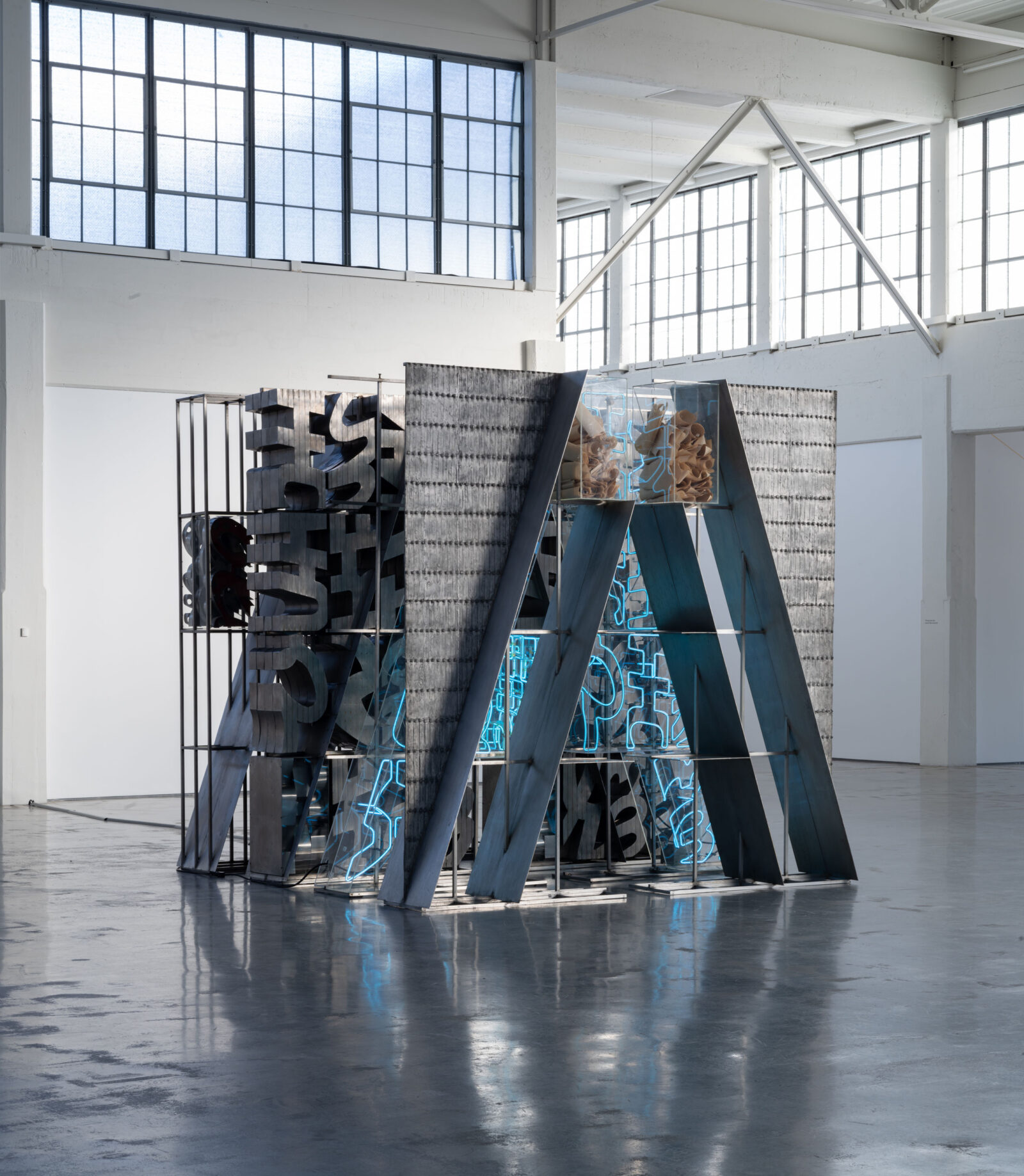
Magnum Opus in Focus
At the heart of the exhibition lies Chryssa's magnum opus, "The Gates to Times Square" (1964–66). This monumental work, a towering interplay of neon, plexiglass, and metal, pays homage to the dazzling lights and signage of New York's iconic Times Square. Restored for this presentation, the piece captures the essence of the city that inspired it, offering visitors a glimpse into Chryssa's artistic vision.
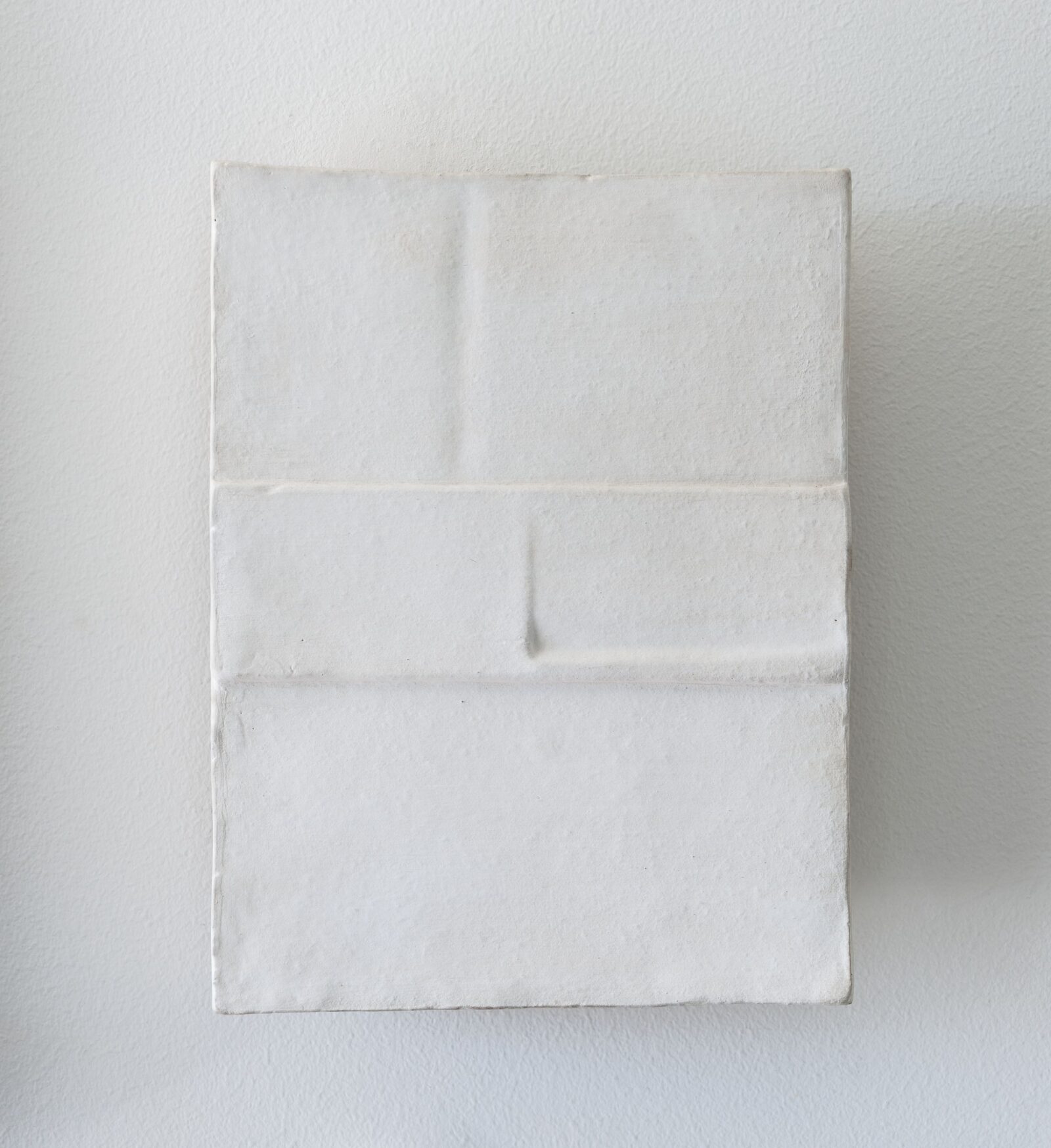
Artistic Evolution: Process Unveiled
The exhibition showcases not only the finished masterpieces but also the journey behind them. Transitional works that combine metal and neon, as well as examples of Chryssa's studies for "The Gates," provide an intimate look into her artistic evolution. This immersive experience enables viewers to witness her process and the evolution of her ideas.
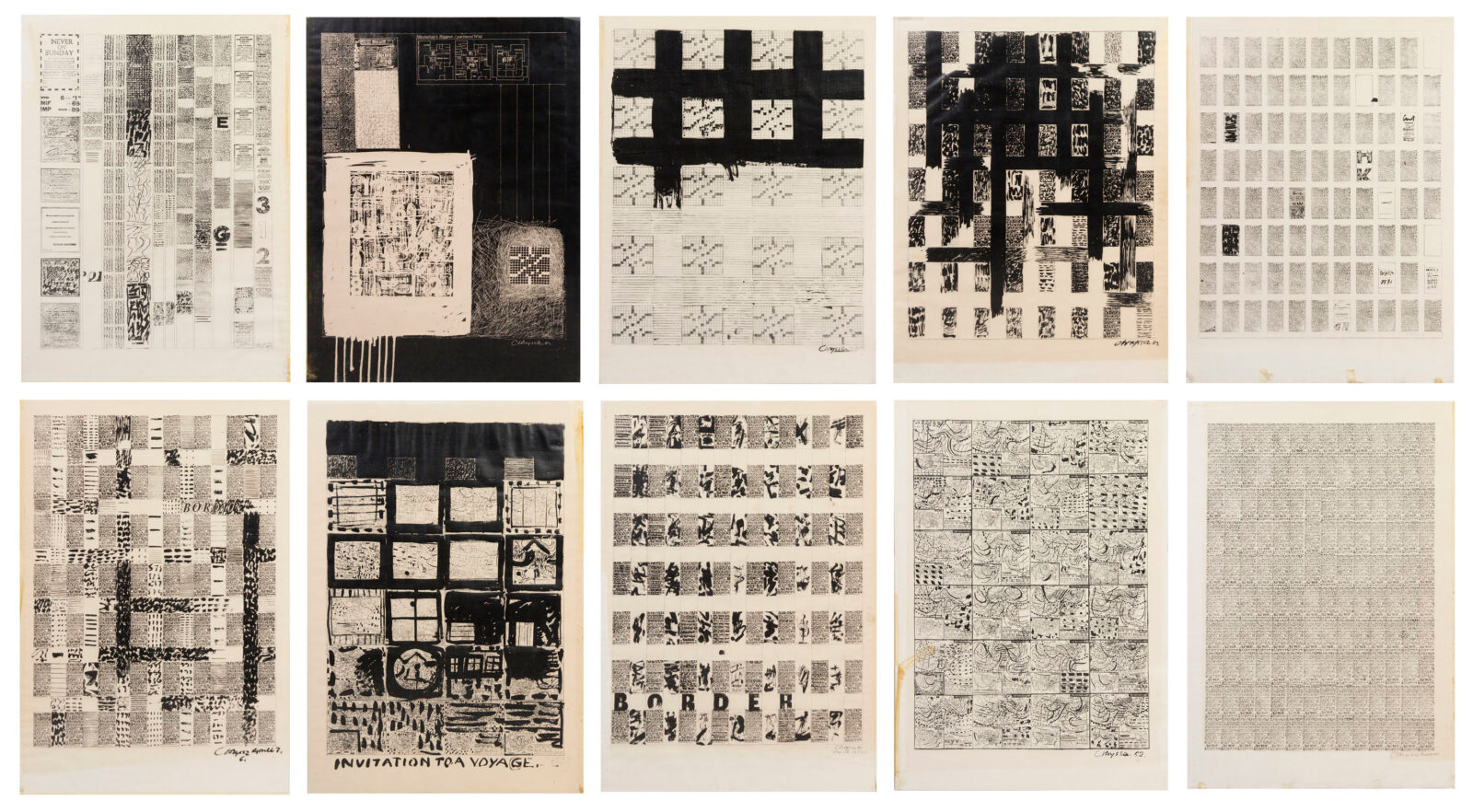
Exploring Early Inspirations
Among the exhibited works are Chryssa's reductive "Cycladic Books" (1954–57). These plaster and clay reliefs reveal her fascination with the interplay of light and shadow. Drawing from both commercial culture and historic Mediterranean art, this series demonstrates her ability to blend modernity with timeless influences. Additionally, her connection with John and Dominique de Menil, early supporters of her work, is highlighted through the connection between the Cycladic Books and their collection of ancient sculptures.
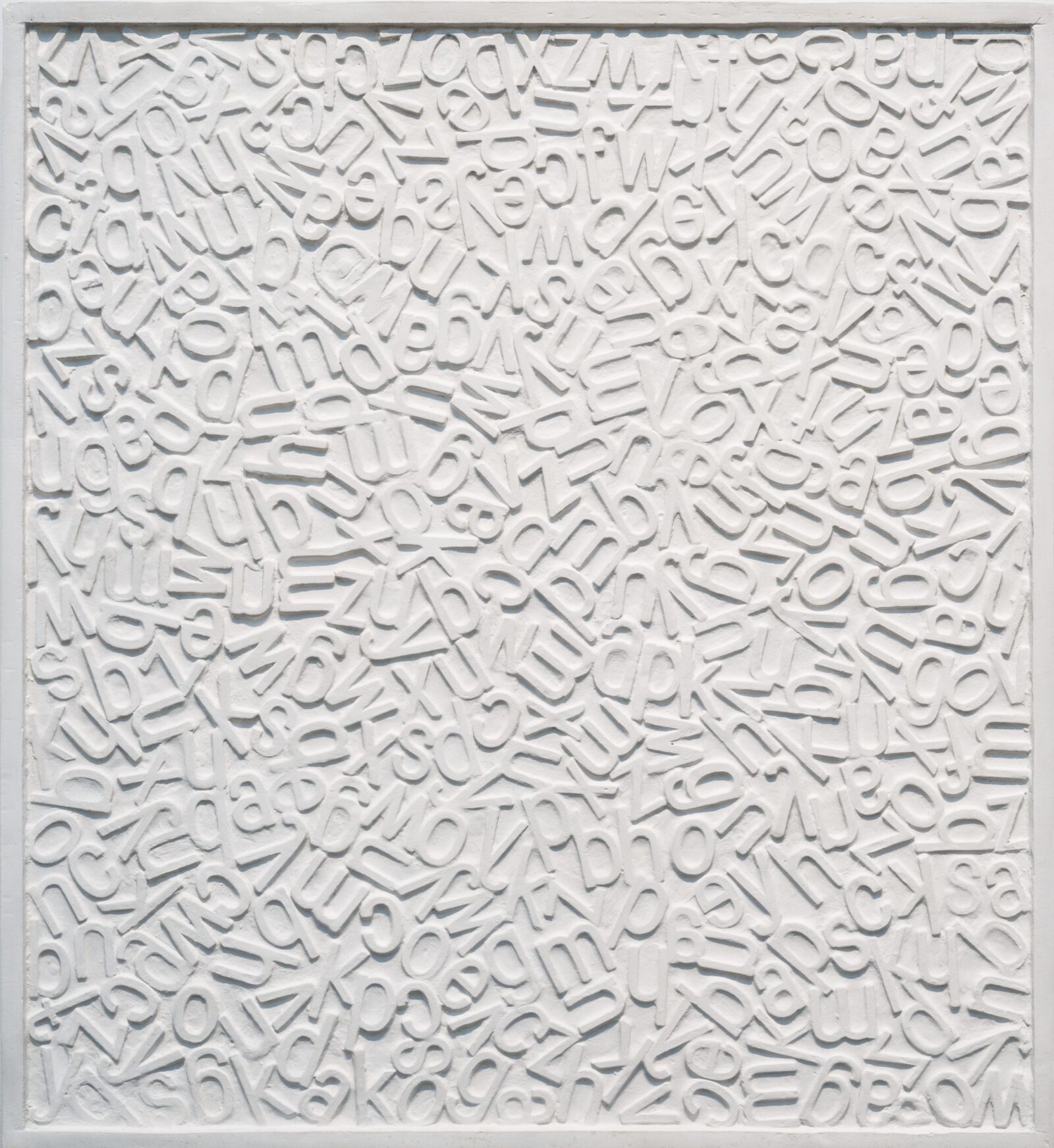
Preserving the Urban Pulse
Chryssa's time in New York inspired her to capture the vibrant energy of the city, particularly the bustling hub of Times Square. Her art, which incorporated discarded newspaper printing plates, signs, and other urban fragments, captures the essence of the postwar urban environment. Her work serves as an early testament to the power of commercial communication as an art form.
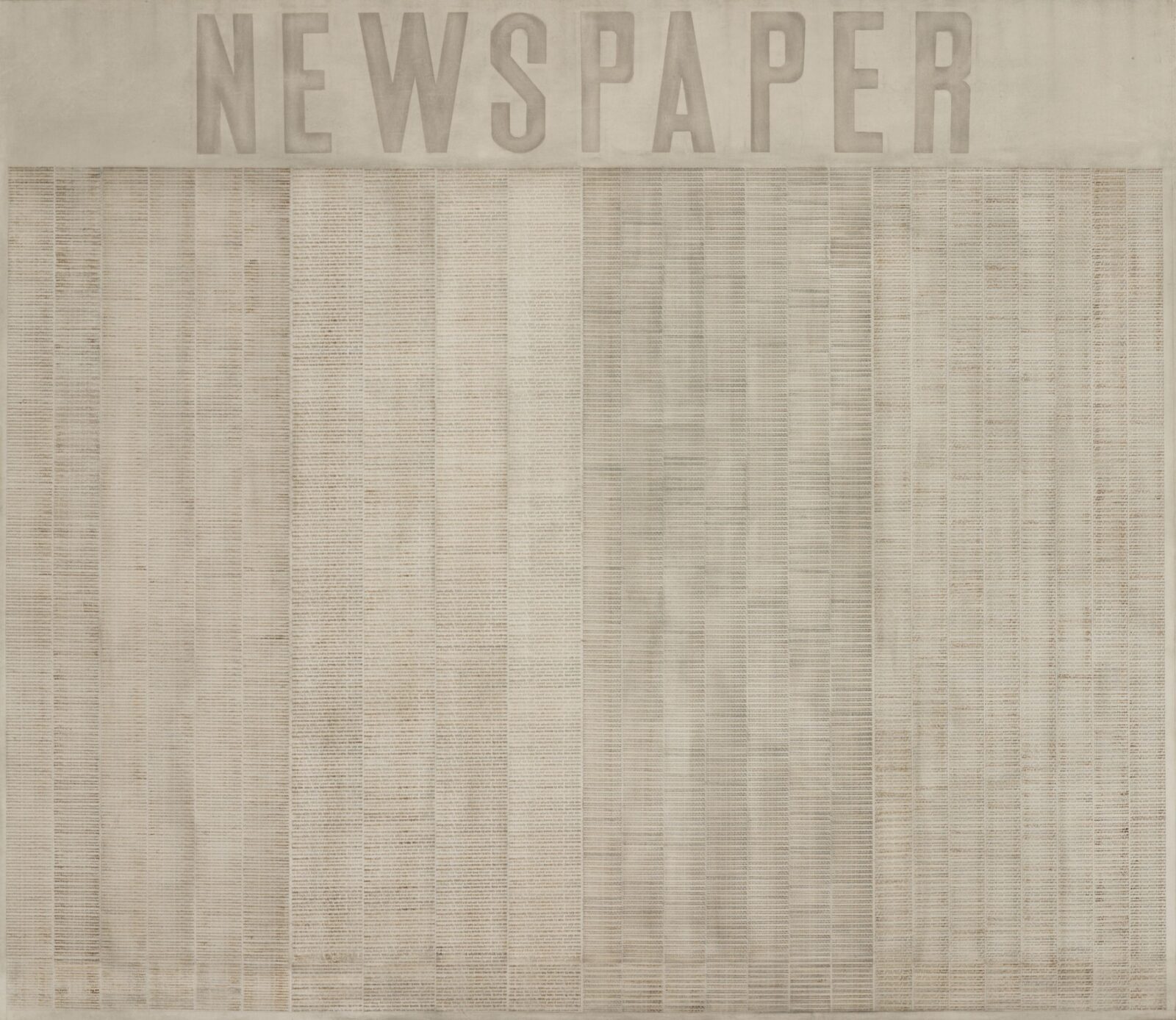
Collaborative Endeavor and National Display
"Chryssa & New York" is a collaborative effort that brings together major works from several American museum collections. Demonstrating the deep impact of her art during the 1960s and '70s, the exhibition underscores the significance of her contributions to American institutions. Thanks to extensive collaboration with lenders, many of these pieces are being showcased after years of obscurity.
A Rich Accompaniment
Complementing the exhibition is acomprehensive publication, marking the first major documentation of Chryssa's work in over three decades. Edited by Sophia Larigakis, Megan Holly Witko, and Michelle White, the publication delves into Chryssa's legacy, featuring insights from curators, scholars, and experts. This publication cements Chryssa's influence in the realm of contemporary art.
"Chryssa & New York" promises a thought-provoking exploration of an artist whose impact was both immediate and long-lasting. By shining a light on Chryssa's innovative use of neon, her exploration of language and abstraction, and her deep connection with the urban environment, this exhibition brings her back into the spotlight she rightfully deserves. As it makes its journey from Houston to Chicago, this exhibition invites audiences to reflect on the intersection of art, innovation, and urban life that defines Chryssa's remarkable legacy.menil.org
